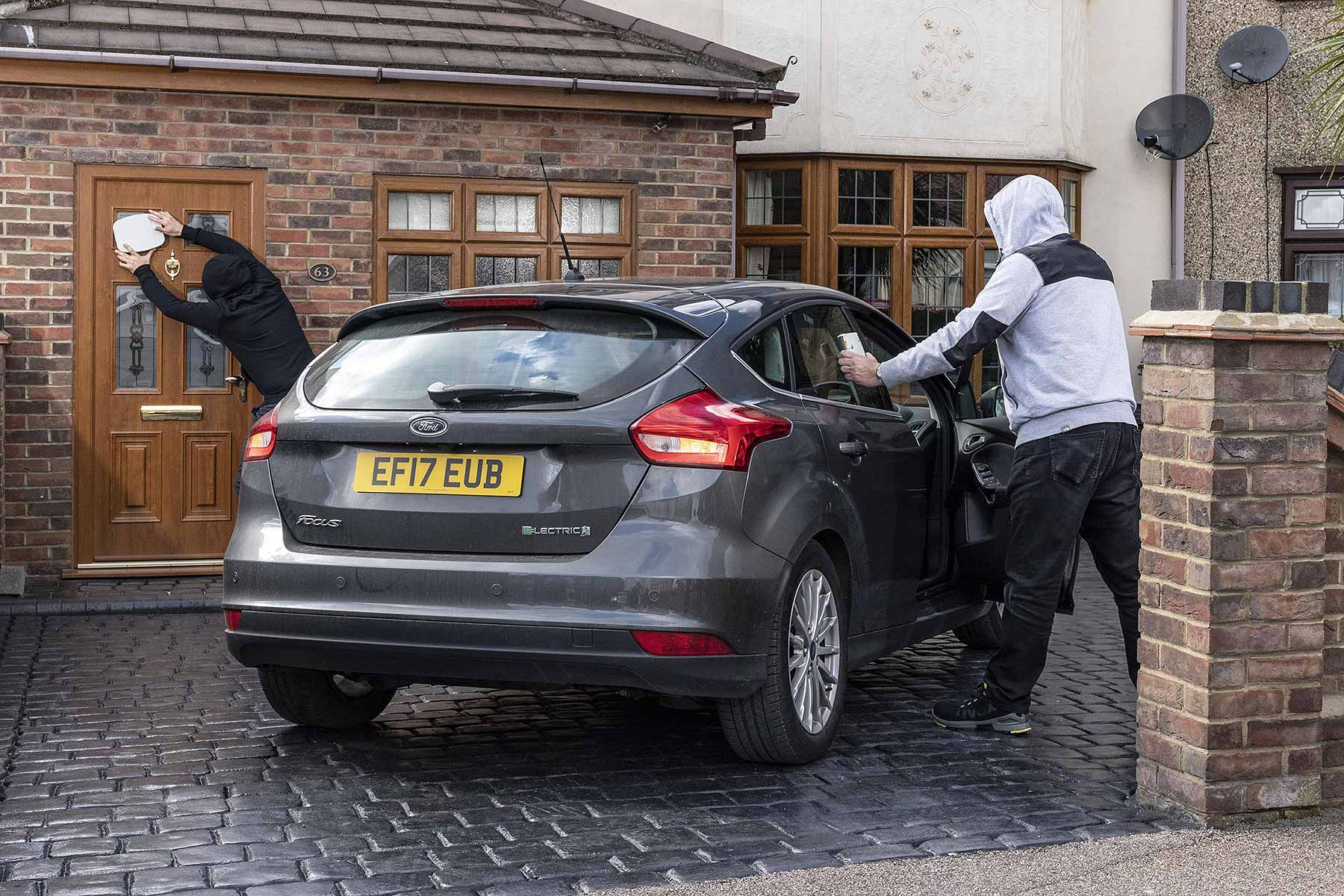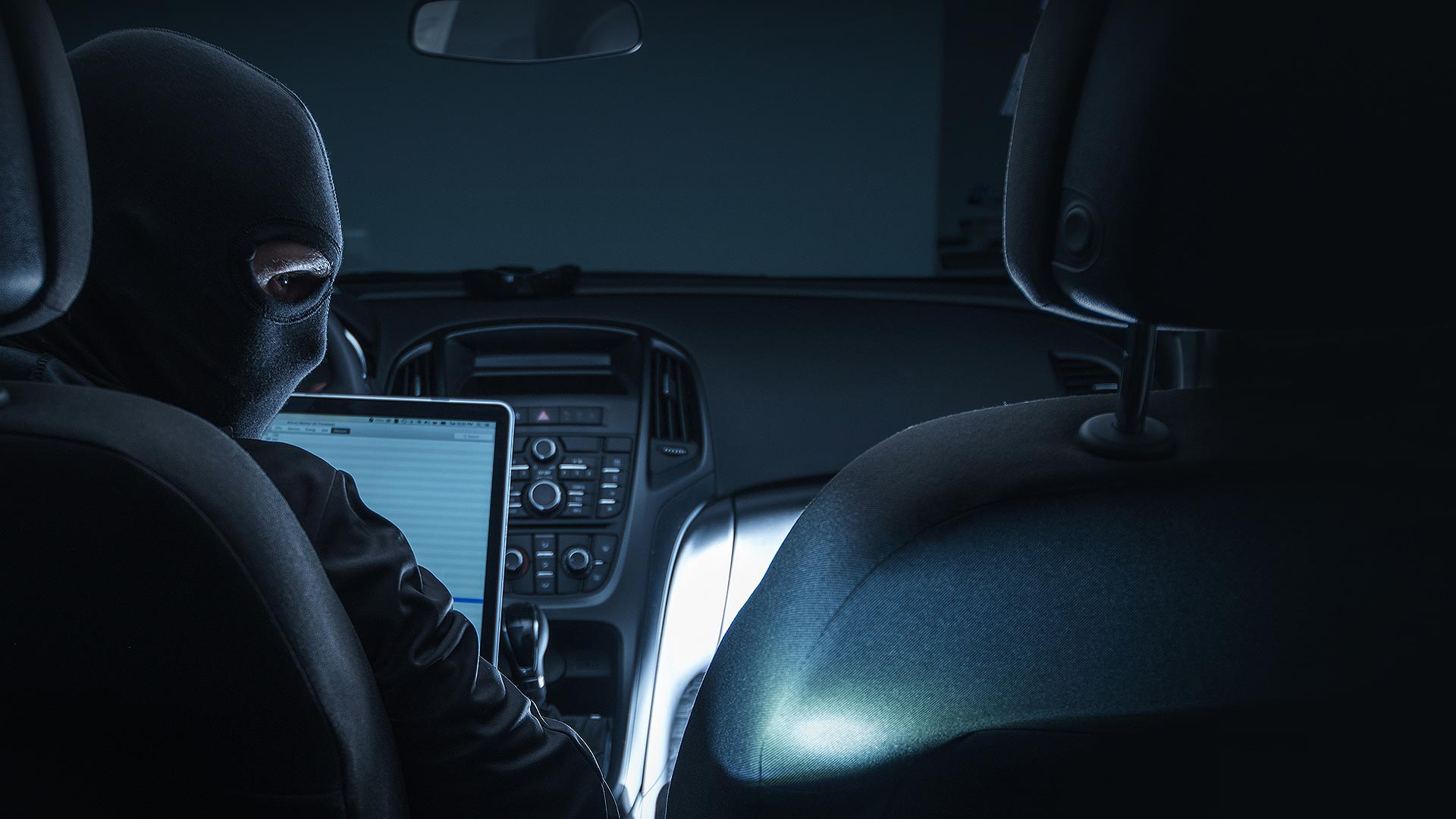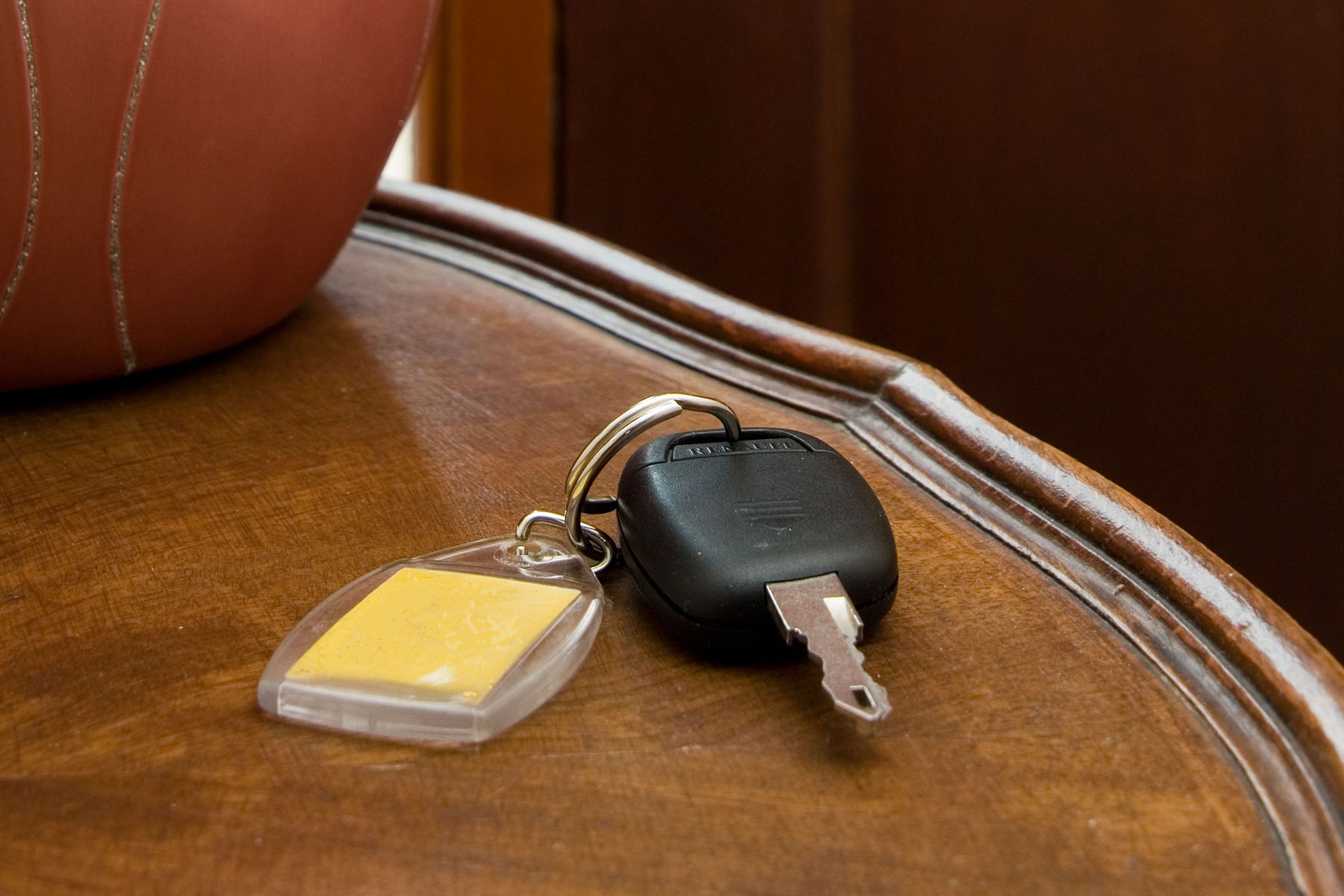
Keyless car crime has been in the news again recently, as the Range Rover earned the dubious accolade of being Britain’s most stolen car. In response, JLR has announced a £10 million investment to improve security and a unique car insurance package for owners of new and used Range Rovers.
However, keyless car crime affects more than just luxury SUVs. Following years of decline in the number of vehicle thefts, the so-called ‘relay attack’ is now the most common way of stealing cars.
Jack Cousens, head of roads policy for the AA, said: “Technology sold as a convenience for drivers is becoming the best tool for car thieves. Relay theft is now the preferred way to steal a car, as it is quick and quiet. The days of ‘smash and grab’ are over and have been replaced with ‘bounce and roll’ as thieves now bounce the signal off the keys in the house onto the car and roll away with the goods.”
So, what is keyless car theft and how can you avoid falling victim to this tech-savvy, 21st century crime?
What is keyless car theft?

A relay attack is very simple, making it all the more worrying for owners of cars with a keyless entry system. Once a car has been targeted, two criminals work together using electronic signal relay devices to steal it, often from outside the owner’s home.
One person stands by the targeted car, while the other one stands close enough to the house to enable a device to pick up a signal from the key fob.
This signal is transferred to a second box, which is placed alongside the car or in the hands of the other person, effectively fooling the vehicle into ‘thinking’ the key is present.
With the doors unlocked, the criminals can start the car at the press of a button, leaving them free to drive away. The electronic hardware to steal a car is available online for less than £100 – an incredibly tempting proposition for wannabe thieves.
How to prevent keyless car theft
Instances of keyless car theft typically occur in residential areas, especially at night, so motorists are advised to be on their guard when at home. However, while car theft is on the rise, there are steps you can take to protect your vehicle.
Although the relay device signal can pass through doors, walls and windows, it cannot penetrate metal, so storing your keys inside a metal container, a signal-blocking wallet or even a microwave will safeguard your vehicle against an attack.
You can purchase a signal blocker pouch (also known as a Faraday bag) for around £10 online. Do test it to ensure it is successful in blocking the signal, though. While it’s a good idea to store your keys away from the window or front door, think carefully before taking the keys upstairs or hiding them in a bedroom. If a thief is determined to break into the house to find the keys, it’s better to let them take the vehicle than put yourself or your family at risk.

Other steps you could take to avoid being a victim of keyless car theft include:
- Check to see if your vehicle’s key fob can be switched off, or deactivates automatically after a short period when not in use.
- Make sure the vehicle is locked after you park it. An opportunist thief might use a ‘jammer’ to intercept the signal between the key fob and the car, leaving the vehicle vulnerable to attack. Be on your guard.
- Invest in a steering wheel lock. These provide a visual form of protection, as well as adding extra minutes to the seconds it might take to steal a car using a relay attack. Locks cost from around £20.
- Add a tracking device. While it won’t stop a car being stolen, it will increase the chances of the police locating it and returning it to its owner.
- Ask your car dealer if there have been any software updates to help secure it against keyless car theft.
‘Always check your car is locked’
Jenny Sims, Assistant Chief Constable at Merseyside Police, said: “While the rapid development of technology has dramatically improved the experience of drivers, it has also allowed criminals to exploit weaknesses in electronic security.
“We are working closely with car manufacturers to help them design out crime by sharing intelligence and equipment seized from criminals. We are already making substantial progress in this regard.
“I would urge drivers to take simple steps to keep their vehicle safe, like storing your keys in metal tins or protective pouches that block the devices criminals are using. A return to basics like making sure your car is locked is worthwhile, too. We know from research that some owners think that cars automatically lock – they don’t. Always double check before you walk away.”
READ MORE:
How to claim compensation for pothole damage to your car
Quote “In fact, a study conducted by vehicle tracking experts, Tracker, found that 96 percent of motorists are at risk of having their car stolen using this method”
This style of theft is only applicable to keyless vehicles, so if as stated by Thatcham that 96% are at risk then for this to be correct 96% of vehicles would need to be keyless which we all know is not the case.
Mechanical devices only slow the thief down what you think is a deterrent is merely an obstacle to a thief, the problem is electronic and so is the cure.
This is the question you need to ask Thatcham” In the last two years how many vehicles with either Cat 5,6 or 7 systems have you NOT recovered? ”
About time someone did a proper article with real facts.
[…] significant increase in car thefts has been triggered by a new high-tech hack that can steal keyless vehicles without even touching the car. Using this “keyless car theft” technique allows thieves […]
“How to avoid keyless car theft ?”
Stop buying these stupid cars, then maybe the car- makers will stop trying to force this unhelpful feature on motorists.
If a person is in a parked car with a keyless remote and the car is locked , can a theif break in to steal or car jack?
That’s why my two vehicles are 1965 and 1999 – yeah, they’re old, but you can’t start either of them remotely. I keep the older one in the garage and ’99 always has a wheel lock on it. The most important theft deterrent is something that makes the thief spend more time getting at your car. The more difficult or time-consuming you make it to steal your car, the less likely you’ll be victimized.